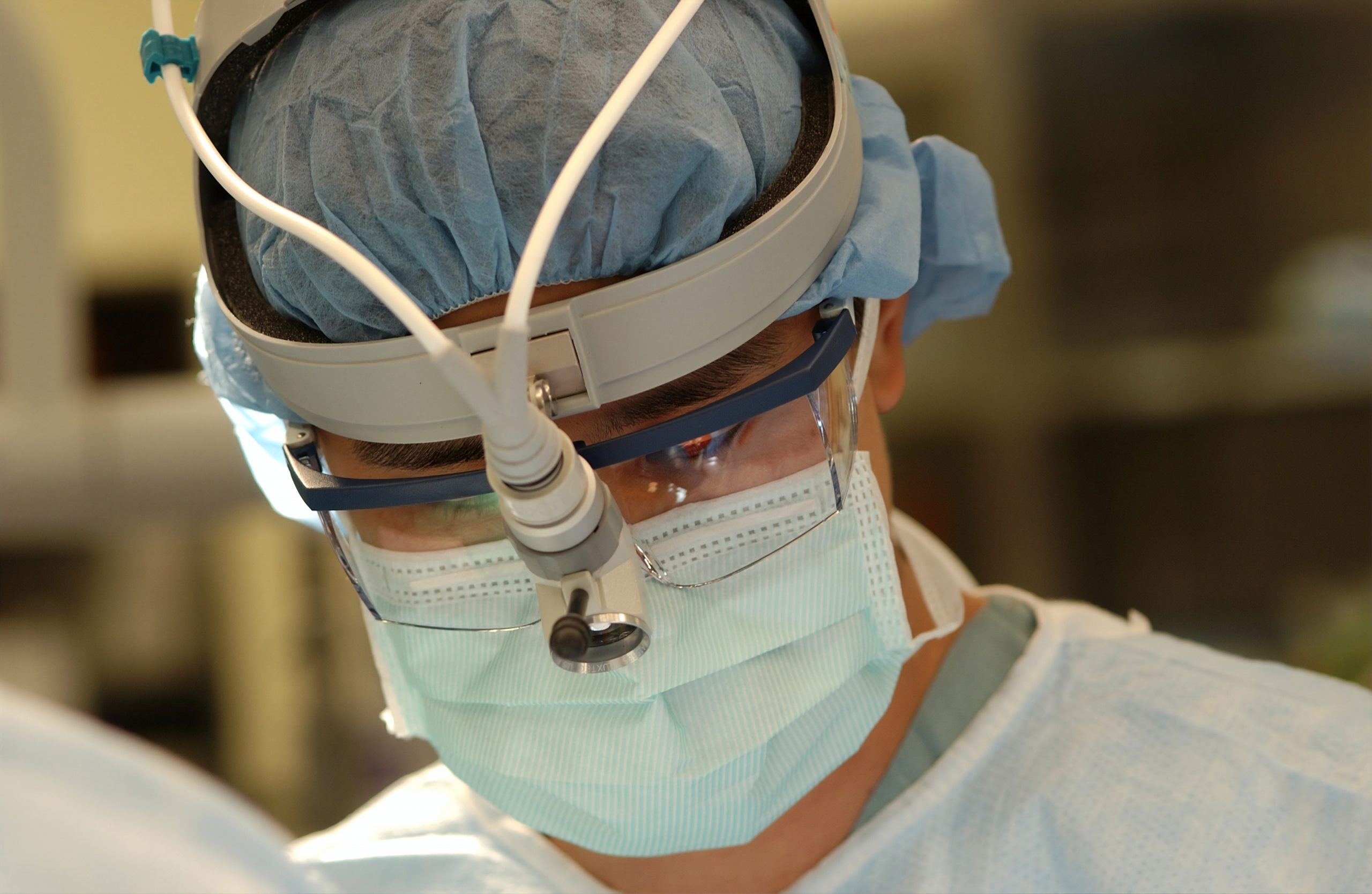
Sinus lift procedures
The sinus lift procedure, also known as maxillary sinus floor augmentation, is a surgical procedure that is commonly used in implant dentistry. It involves raising the maxillary sinus floor by creating space between the sinus membrane and the maxillary bone, allowing for the placement of dental implants in the posterior maxilla.
Indications: The sinus lift procedure is indicated in cases where there is insufficient bone height in the posterior maxilla to accommodate dental implants. The lack of bone height is typically due to bone resorption following tooth loss or sinus expansion, which causes the sinus floor to descend into the residual ridge.
Techniques: The two main techniques for performing a sinus lift are the lateral window approach and the crestal approach.
Lateral Window Approach: The lateral window approach involves creating a window in the lateral wall of the maxillary sinus and lifting the sinus membrane from the bony floor. The space is then filled with bone graft material, and the window is covered with a membrane or a flap. The graft material is then allowed to heal and integrate with the existing bone over several months.
Crestal Approach: The crestal approach involves creating a small hole in the crestal bone and using specialized instruments to elevate the sinus membrane. The space is then filled with bone graft material, and the site is allowed to heal over several months.
Complications: Like any surgical procedure, sinus lift procedures are not without risks and complications. The most common complications associated with sinus lift procedures include:
Sinus Infection: Sinus infection is a common complication that can occur if bacteria contaminate the graft material or if there is insufficient space for the sinus to heal. Patients may experience pain, swelling, and discharge from the nose.
Membrane Perforation: The sinus membrane is a delicate structure that can be easily perforated during the sinus lift procedure. If a perforation occurs, it may compromise the integrity of the procedure, and the site may require additional graft material or healing time.
Graft Failure: Graft failure can occur if the graft material is not integrated with the existing bone or if there is insufficient blood supply to the area. This can result in implant failure or the need for additional procedures.
Conclusion: The sinus lift procedure is a valuable tool in implant dentistry, allowing for the placement of implants in the posterior maxilla where there is insufficient bone height. The two main techniques for performing a sinus lift are the lateral window approach and the crestal approach. While the procedure is generally safe and effective, complications can occur, such as sinus infection, membrane perforation, and graft failure. With proper technique and patient selection, the sinus lift procedure can be a successful and predictable procedure in implant dentistry.


